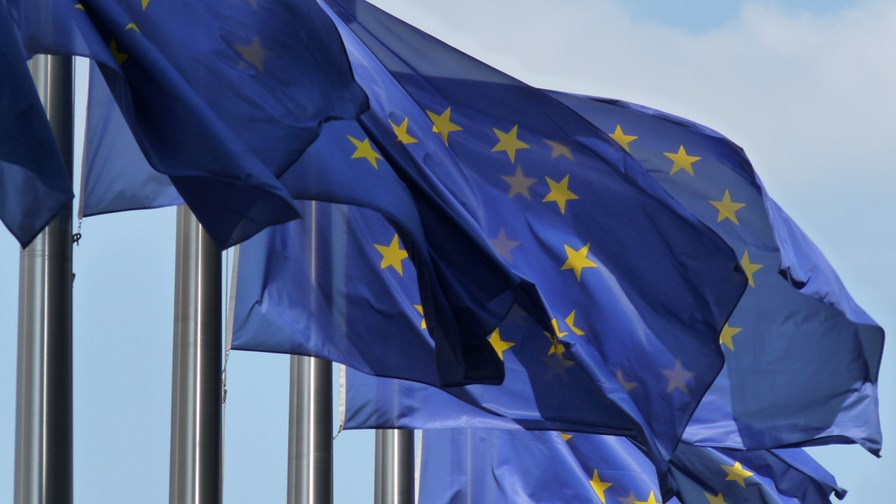416m European cellular IoT connections by 2023, but non-cellular LPWA operators remain a threat

© Flickr/cc-licence/Johann
- New research suggests that LPWA is a “double-edged sword” for MNOs
- NB-IoT and LTE-M will make up the majority of M2M connections in Europe
- Increased competition from SigFox and LoRa
- Connectivity becomes the lowest common denominator
A sobering report from ABI Research reminds us all that – like it or not – connectivity is becoming the lowest common denominator in the IoT/M2M market. That’s not such good news for cellular operators, who are already coming to terms that non-cellular low power wide area (LPWA) technologies will give them a serious run for their money.
It’s a case of good news, bad news. First the good news: acellular LPWA connections such as NB-IoT and LTE-M will make up the largest portion of M2M connections in Europe in 2023, according to ABI Research. Now the bad news: operators will face increased competition from non-cellular technologies such as SigFox and LoRa.
Of course, operators have been told for years now that they must look beyond pure connectivity and provide solutions that actually add real value to their customers (and then to their customers’ customers). That means understanding the key vertical markets, and coming up with must-have solutions – in itself no easy task. Top of the list at the moment is telematics, which accounted for 67 per cent of the 86m cellular connected M2M devices in Europe at the end of 2017 (helped significantly by the EU’s eCall initiative). A further 22 per cent were related to Smart Cities and infrastructure industries.
We’ve been picking up a few newly emerging trends recently. One that could be particularly relevant here is the softening of the demarcation line between the network and the application. Whilst this is of great interest to edge computing players, it could also help cellular operators push their value proposition further to the customer. One to watch.
Key Quote:
- “European operators are largely realizing that connectivity is the lowest common denominator and are shifting their focus to the long-term value these connections generate,” said Ryan Harbison, Research Analyst at ABI Research.
Original Press Release:
LPWA Technologies a Double-Edged Sword for European Network Operators as Cellular M2M Connections Climb to 416.5 Million in 2023
London, United Kingdom - 16 Jul 2018
The highly competitive and fragmented European cellular Machine to Machine (M2M) market will grow to 416.5 million connections by 2023 according to a new report by ABI Research, a market-foresight advisory firm providing strategic guidance on the most compelling transformative technologies. To differentiate themselves in this market, European network operators will have to turn toward new business models and increasingly competitive LPWA technologies to keep and grow their existing market share.
“While cellular LPWA connections such as NB-IoT and LTE-M will make up the largest portion of M2M connections in Europe in 2023, operators will face increased competition from non-cellular technologies such as SigFox and LoRa,” says Ryan Harbison, Research Analyst at ABI Research. “By focusing on defining use cases and providing value-added solutions that go beyond just the connectivity piece of the value chain, operators can provide differentiated offerings in their respective domestic and international markets. Moving forward, European network operators not only need to know their business, but they also need to know their target customer’s business to recognize market opportunities.”
Additionally, network operators need to understand that the European market is also heavily influenced by European Union initiatives and regulations. Of the 86.0 million cellular connected M2M devices at the end of 2017, 67.4% were related to telematics and other transportation applications partly due to the EU’s eCall initiative on having connected devices in each new vehicle to relay airbag deployment and impact sensor information to emergency agencies in the event of a crash. Likewise, 22.0% of total connections were related to smart city and other infrastructure industries partly due to the EU’s Smart Grids Task Force on spurring smart energy deployment and development. Operators like Orange, Deutsche Telekom, and Vodafone that have deployed NB-IoT networks have done so because connections within these larger vertical categories fit the NB-IoT use case of generally transmitting small amounts of data infrequently.
“European operators are largely realizing that connectivity is the lowest common denominator and are shifting their focus to the long-term value these connections generate,” concludes Harbison. “Vodafone’s M2M strategy is focused on putting a greater emphasis on its own cloud services than on just the connectivity component, while Deutsche Telekom and Orange have opened IoT labs to develop and test application-specific IoT prototypes. By focusing on these new technologies and market opportunities, European network operators can maximize the value that their connections and solutions provide.”
These findings are from ABI Research’s European Network Operator M2M Market Analysis report. This report is part of the company’s M2M, IoT & IoE research service, which includes research, data, and Executive Foresights.
Email Newsletters
Sign up to receive TelecomTV's top news and videos, plus exclusive subscriber-only content direct to your inbox.




